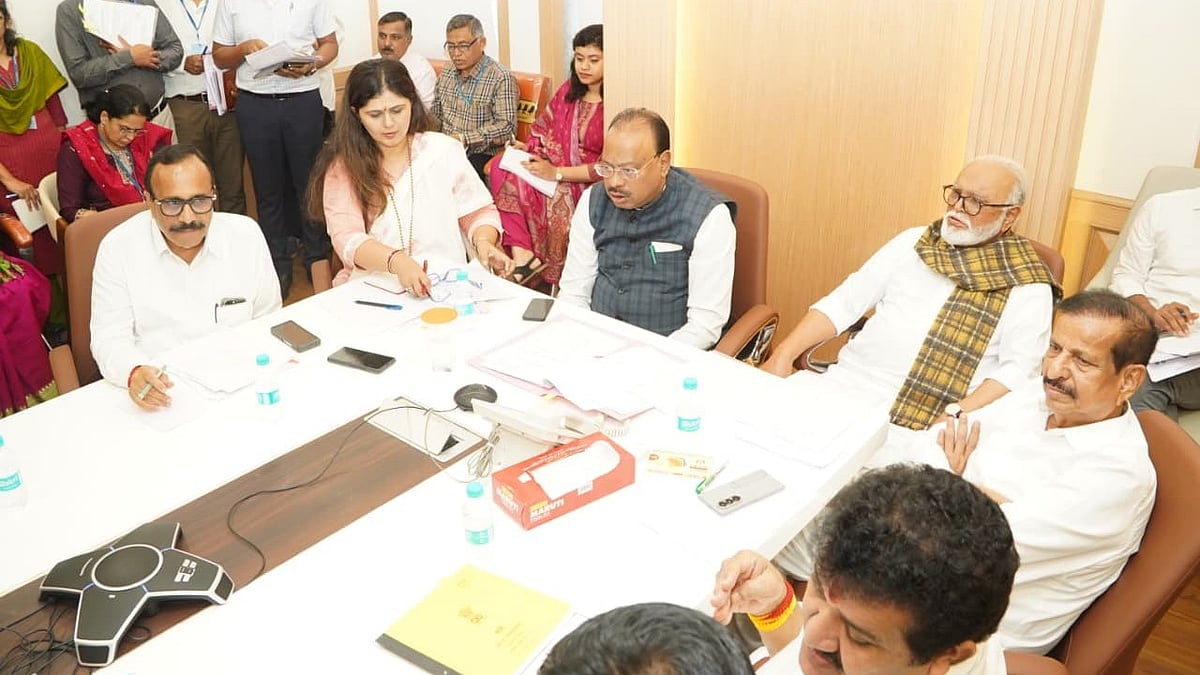New Delhi: The National Payments Corporation of India (NPCI) has announced a major update to the NACH system. From the first week of July 2025, a new version called NACH 3.0 will be launched.
This upgrade will make your salary, EMI, subsidies, and regular payments faster and more secure.
What is NACH?
NACH stands for National Automated Clearing House. It is an automated system that helps with regular payments like:
Monthly salary
Pension
Subsidies
Loan EMIs
SIPs for mutual funds
Auto-payments like Netflix bills
This system makes banking easier for both banks and customers.
What’s new in NACH 3.0?
NPCI says that NACH 3.0 will come with better technology, security, and speed. Some important updates include:
Faster processing of salary and EMIs
Safer bank transfers
Better user experience
More reliable handling of high-volume transactions

Main Features of NACH 3.0
Improved GUI Interface:
The new design will be more secure and easy to use.
Easy Navigation
Banks can now see all important details on a single screen.
Better File Handling
The system can now handle more files quickly and efficiently.
Advanced Dashboard
Banks can track which files are sent or received in real-time.

Self-Service for Users
Users can create accounts or reset passwords without bank help.
Easy Escalation Updates
Banks can now easily update or submit escalation details with NPCI.
Security Updates in NACH 3.0
Advanced Technology
File transfers and data storage will be safer using GUI and H2H tech.
Multi-Factor Authentication (MFA)
Users will need extra steps to log in, making accounts safer.
Role-Based Access
Users will only see data they are allowed to, reducing misuse.
Detailed Audit Trails
Every activity will be recorded for better monitoring.
Real-Time Alerts
Transactions will be monitored live, with instant alerts.
Encrypted Downloads Only
Files without encryption cannot be downloaded anymore.
PGP Encryption
Files downloaded from the front end will be protected with PGP encryption.
How will customers benefit?
Faster salary and EMI processing
Customers will get their salary and EMIs faster, thanks to the improved processing capacity.
Real-time alerts and tracking
Customers will now receive instant alerts for every transaction, helping them manage their money better.
Safe, fast, and easy banking
The new system is secure, transparent, and user-friendly, especially for those who make regular payments.
Smooth high-volume transactions
NACH 3.0 will easily handle many transactions at once, making monthly payments smoother for both banks and customers.











